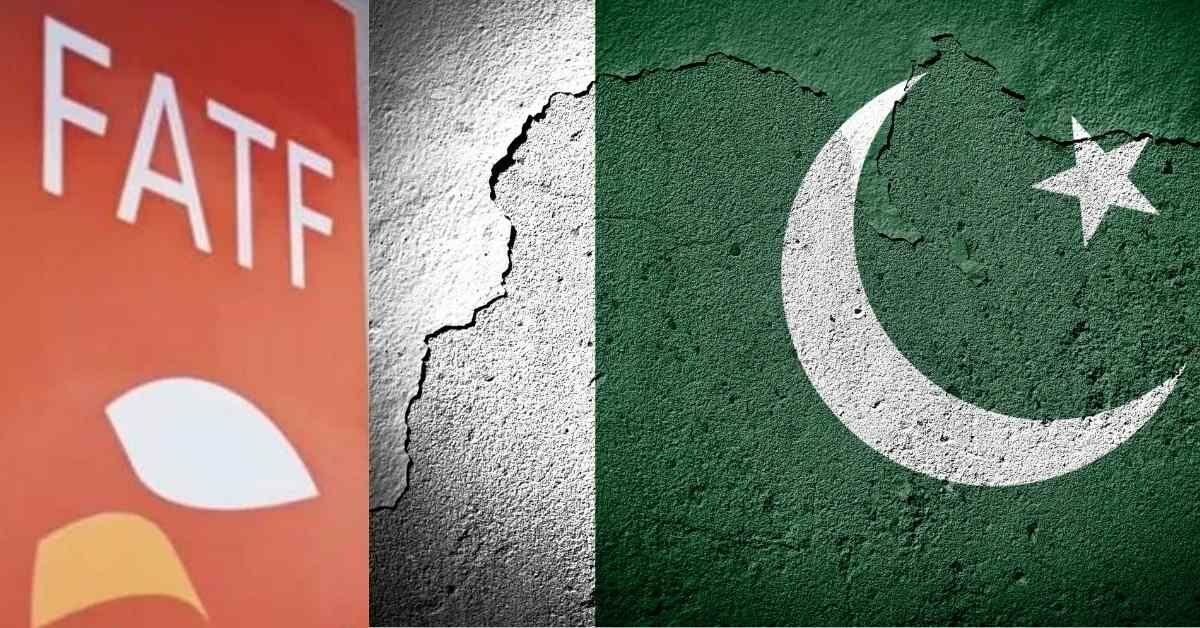Fitch reduces Pakistan’s sovereign credit rating from ‘B-‘ to ‘CCC+.’
Ratings by Fitch
Fitch Ratings reduced Pakistan’s Long-Term Foreign-Currency Issuer Default Rating (IDR) from ‘B-‘ to ‘CCC+’ on Friday. Fitch does not normally give Outlooks to sovereigns with ratings of ‘CCC+’ or below.
Fitch stated in a statement that it normally does not award Outlooks to sovereigns with ratings of ‘CCC+’ or below.
The downgrade, according to the agency, reflects additional deterioration in Pakistan’s external liquidity and financing circumstances, as well as a fall in foreign-exchange (FX) reserves.
This is due in part to severe flooding, which would stymie Pakistan’s attempts to reduce its twin budget and current account deficits.
The reduction also reflects our assessment of increasing risks associated with measures that might jeopardise Pakistan’s IMF programme and government financial assistance.
It said that the State Bank of Pakistan’s (SBP) liquid net FX reserves would be at $7.6 billion by 14 October 2022, or roughly a month’s worth of current foreign payments, down from more than $20 billion at the end of August 2021.
“Falling reserves reflect high, although falling, current account deficits (CADs), external debt payments, and previous SBP FX interventions,” according to the agency.
It said that, prior to stabilising in the week of October 14, reserves had been declining every week since the IMF disbursed $1.2 billion in the week of September 2nd, after the conclusion of the 7th and 8th reviews of Pakistan’s Extended Fund Facility (EFF).
External Deficits
In terms of external deficits, the agency said that the current account deficit (CAD) reached $17 billion (4.6 percent of GDP) in the fiscal year ending June 2022 (FY22), owing to rising oil prices and increasing non-oil imports due to robust private spending.
Despite the recent floods, fiscal tightening, rising interest rates, and initiatives to curb energy use and imports support our prediction for the CAD to fall to $10 billion (2.7 percent of GDP) in FY23. Lower imports and commodities prices have helped to reduce the CAD in recent months, bringing it down to about $300 million in September.
Large Funding Requirements
Pakistan’s external public debt maturities in FY23 exceed $21 billion, largely to bilateral and multilateral creditors, reducing rollover concerns, and some of them are already being rolled over. The officials estimate the flood damage at $10 billion to $30 billion, although rehabilitation expenses and the effect on Pakistan’s twin deficits are expected to be smaller.
Additional Funding
According to the authorities, Pakistan just got $2.5 billion in financing promises from the World Bank and Asian Development Bank, albeit we believe that most of this is repurposed from current programmes. It is uncertain to what extent the IMF will be able to alter Pakistan’s programme goals or expand Pakistan’s EFF access.
We expect Pakistan to continue receiving payments under its IMF programme, although risks have increased.
Fuel price cuts beginning October 1 may be incompatible with IMF obligations. A quarterly power pricing change that was scheduled for October has failed to occur.
The new finance minister has reaffirmed the country’s commitment to the programme, but favours a strong currency and may rethink the SBP statute, which was revised in early 2022 to give the SBP additional autonomy, as previously agreed with the IMF.
According to the agency, the ‘CCC+’ Long-Term Foreign-Currency IDR additionally takes into account the following factors:
Debt Relief Plan Rejected
Before retiring, the former finance minister said that Pakistan will seek debt relief from non-commercial creditors, however he restated his determination to repay the $1 billion loan due in December 2022.
Prime Minister Shehbaz Sharif has also requested debt relief within the Paris Club framework. However, the Minister of Finance just explicitly ruled this out.
Pakistan’s debt to private creditors (or formal Paris Club creditors) is a tiny part of the total, and the government has said that it has no plans to restructure debt to private creditors.
Political Turmoil
Former Prime Minister Imran Khan, who was deposed in a no-confidence vote on 10 April, is still putting political pressure on the government, organising rallies around the nation pushing for early elections.
Mr Khan’s PTI party defeated the incumbent PML-N in by-elections in the vital Punjab province in July, and the PTI gained additional national and provincial seats in by-elections on October 17.
Regular elections are scheduled for October 2023, raising the prospect of policy slippage after the completion of the IMF programme in June.
Fiscal Stress, Consolidation
In FY22, the budget deficit increased to 7.9 percent of GDP (about Rs. 5 trillion), up from 6.1 percent in FY21.
The majority of the budgetary deterioration is due to tax cuts and fuel and power subsidies implemented by the previous administration in February and lasting until June. We anticipate a 6.2 percent of GDP (about Rs. 5 trillion or $23 billion) deficit in FY23, driven by considerable expenditure restriction and increased taxes.
At FYE22, Pakistan’s debt/GDP ratio was 73 percent, almost in line with the current ‘B’ median. We project debt/GDP to decrease to 70% in FY23 and then continue to shrink, aided by rising inflation and a minor primary deficit.
A modest FX exposure of little more than 30% of total debt mitigates the negative effect of currency devaluation on debt dynamics. Nonetheless, debt/revenue (over 600 percent in FY22) and interest/revenue (about 40 percent) are far higher than the ‘B’ norm. This is partly due to the low general government income of 12% of GDP in FY22.
Price inflation and monetary tightening
Consumer price inflation averaged 12.2 percent in FY22, but surged to 21.3 percent year on year in June and 25 percent year on year in July-September, owing to increases in gasoline and power costs. The SBP kept its policy rate at 15% at its most recent meeting on October 10, despite a total rate raise of 800 basis points in the most recent tightening cycle.
Growth is slowing.
We expect GDP growth to slow to about 2% in FY23, down from 6% in FY22, due to fiscal and monetary tightening, high imported inflation, a negative external demand outlook, and flood-related disruptions.
This is largely in line with the government’s forecast, which is lower than the original aim of 5% and the 3.5 percent predicted in the IMF programme. The floods of 2010-2011 hindered Pakistan’s recovery from the global financial crisis.











